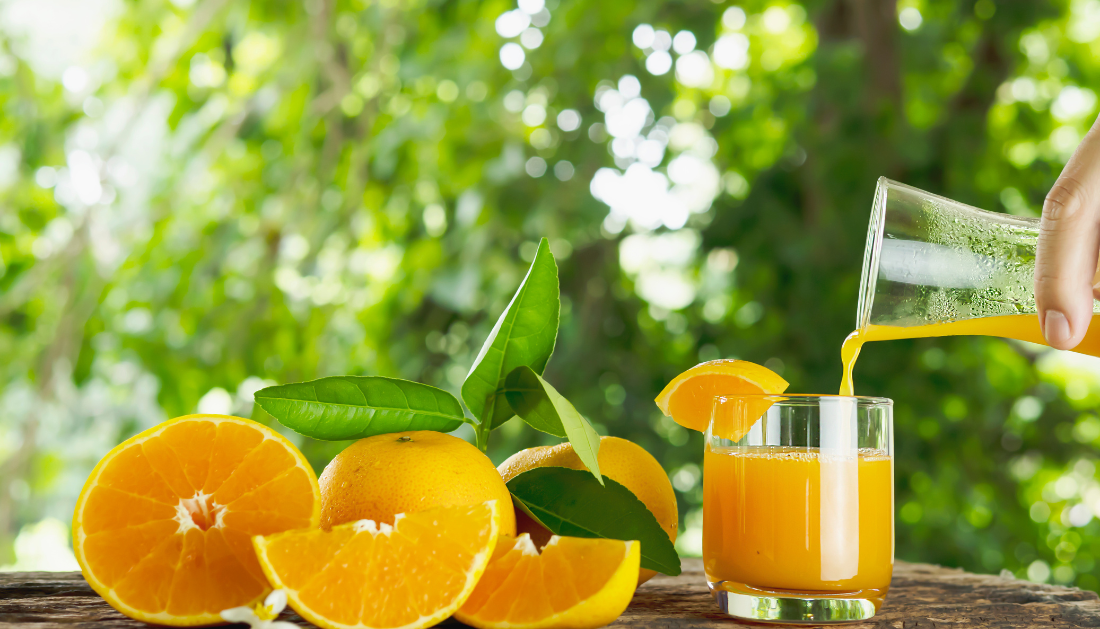

In a recent study published in the Journal Nutrients, researchers investigated the effects of drinking 100% orange juice vs an orange-flavored sucrose-sweetened beverage (SSB) on emotions, physical well-being, and sensory features in normal-weight people. To do this, they used paper-based 100 mm line visual analog scale (VAS) questionnaires.
They then assessed the influence of these two test beverages on their subjective appetite with a motivation-to-eat VAS and sensory features using VAS questionnaires focusing on pleasantness and sweetness.
Background
To reduce obesity and dental caries, the World Health Organization recommends limiting free sugar intake to ≤10% of total daily energy intake (EI).
This guideline is based entirely on observational study data and does not take into account the physiological mechanisms underlying these effects.
The source of free sugars likely influences the relationship between sugar intake and body weight and metabolic risk; additionally, sugars reduce food intake (FI) in adults based on their dose and meal schedule.
100% fruit juices are nutrient-dense alternatives to whole fruits, as they contain natural sugars, fiber, vitamins, and bioactive components.
However, due to concerns that high EI from free sugars contributes to obesity, their consumption has significantly declined.
Furthermore, only a few experimental investigations have examined the effects of various sugar sources (for example, 100% orange juice and SSB) or investigated the probable underlying processes of their distinct impacts on parameters such as FI.
More experimental research is needed to better understand their physiological effects and inform future dietary recommendations.
About the study
Researchers recruited people aged 18-45 years with a BMI of 18.5-24.9 kg/m2 who were willing to consume the study interventions (food and beverages) for this study.
After an initial telephonic interview, they attended the final screening session and supplied written informed permission.
The researchers also took anthropometric measurements (such as height and body weight) and calculated fat and fat-free mass. Finally, every qualified participant had three test sessions.
The researchers evaluated the FI of all participants after an ad libitum pizza lunch, which included water and a fresh tray of pizza every 10 minutes for 30 minutes, and they were required to eat until they were satisfied.
The team weighed and documented any remaining pizza, allowing them to quantify how much pizza each person consumed.
The calories in three pizza selections, cheese, pepperoni, and deluxe, were 260, 250, and 240, respectively.
This data was used to examine each participant’s calorie intake; they also computed their caloric compensation by comparing caloric intake after various preloads.
Furthermore, the researchers tracked each participant’s water intake before and after the ad libitum lunch.
The researchers also calculated their rest-of-day EI, macronutrient intake, and physical activity energy expenditure following each test session.
Furthermore, the researchers measured each person’s glycemic reaction every five minutes for the rest of the day, totaling eleven time points for each participant.
The statistical studies included repeated-measures analysis of variance (ANOVA) and one-factor repeated-measures ANOVA.
Results
All 36 people who completed the trial drank all treatment beverages; however, only 34 (17 males, 17 females) and 31 (15 males, 16 females) participants took post-prandial blood glucose measures for 60 minutes and rest-of-day blood glucose measurements, respectively. The study participants’ average age was 26.8 ± 0.9 years.
Compared to the orange drink, 100% orange juice reduced post-lunch, cumulative FI, and total EI over a day, with a reduction of around 420 kcal.
The glycemic response over 60 minutes was higher after consuming 100% orange juice and orange drink compared to water (control); however, it was lower when compensated for grams of accessible carbohydrates.
Previous research has revealed that polyphenols can alter glucose digestion and absorption in the stomach by suppressing digestive enzymes such as alpha-amylase, hence reducing the glycemic response, and 100% orange juice contains a high polyphenol content.
Another significant finding was that the source and nature of the beverage, as well as the duration until the next meal, influence short-term FI control.
Thus, drinking 100% orange juice and water resulted with a lower lunch and cumulative FI.
Caloric compensation was practically full following 100% orange juice consumption, as opposed to overconsumption after the orange drink (84% vs. -24.7%).
Conclusions
Previous studies on the effects of sugar on obesity produced contradictory results. Some research imply that sweetness increases hunger via stimulating gastrointestinal taste receptors, whereas others show that it has little effect on FI.
Nonetheless, it is widely assumed that higher sugar consumption leads to obesity, most likely by increasing EI and promoting FI.
In the current investigation, the scientists discovered a positive relationship between the subjective sweetness of the orange drink with lunch FI; however, this was not the case for water or 100% orange juice consumption.
Some complicated relationships are expected to influence FI, and while sweetness may not be the key factor, it did contribute to varying observations after experimental treatments.
To summarize, the study’s findings suggested that consuming 100% orange juice may be helpful; it reduces FI and even protects against obesity.
Furthermore, its ingestion resulted in increased caloric compensation, decreased total EI over a day, and reduced blood glucose levels.
The study emphasizes the importance of evaluating the impacts of various sugary beverages.
Future research should assess the robustness of these findings. They may include older persons, children, and teens, who may react differently to these beverages.
For more information: Effect of 100% Orange Juice and a Volume-Matched Sugar-Sweetened Drink on Subjective Appetite, Food Intake, and Glycemic Response in Adults , Nutrients Journal, https://doi.org/10.3390/nu16020242
more recommended stories
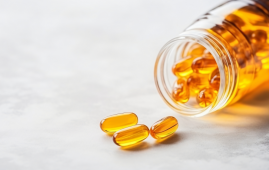 Omega-6 Fatty Acid Role in Bipolar Disorder
Omega-6 Fatty Acid Role in Bipolar DisorderHigher concentrations of arachidonic acid, an.
 Transplant Drug Shows Promise in Slowing Alzheimer’s in Seizure Patients
Transplant Drug Shows Promise in Slowing Alzheimer’s in Seizure PatientsProtein imbalances, which heighten the excitability.
 Fentanyl Inhalation: Brain Damage Risks
Fentanyl Inhalation: Brain Damage RisksAfter treating a middle-aged man who.
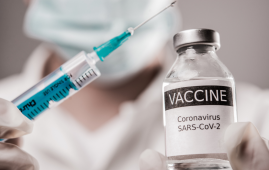 Enhanced Immune Response in New COVID-19 Vaccines
Enhanced Immune Response in New COVID-19 VaccinesAn improved vaccination offers an enhanced.
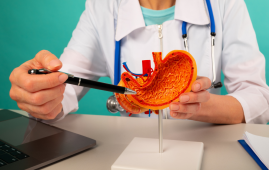 Bioresorbable Wireless Sensor for Early Stomach Leakage Detection
Bioresorbable Wireless Sensor for Early Stomach Leakage DetectionIn a recent publication in Scientific.
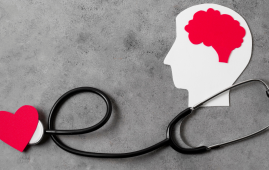 Neurocardiac Connectivity in Depression Treatment
Neurocardiac Connectivity in Depression TreatmentHeart rate deceleration and sadness may.
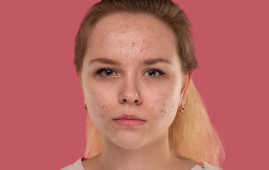 Antioxidants: Impact on Quality of Life in Acne Vulgaris
Antioxidants: Impact on Quality of Life in Acne VulgarisA recent study published in the.
 Palliative Care Disparities for Opioid Users: Study Findings
Palliative Care Disparities for Opioid Users: Study FindingsIn contrast to individuals devoid of.
 Brain Pulsations Linked to High BMI
Brain Pulsations Linked to High BMIAccording to a new study from.
 Brain Age Estimation: EEG Advancements in Neurology
Brain Age Estimation: EEG Advancements in NeurologyTo estimate brain age using EEG.

Leave a Comment